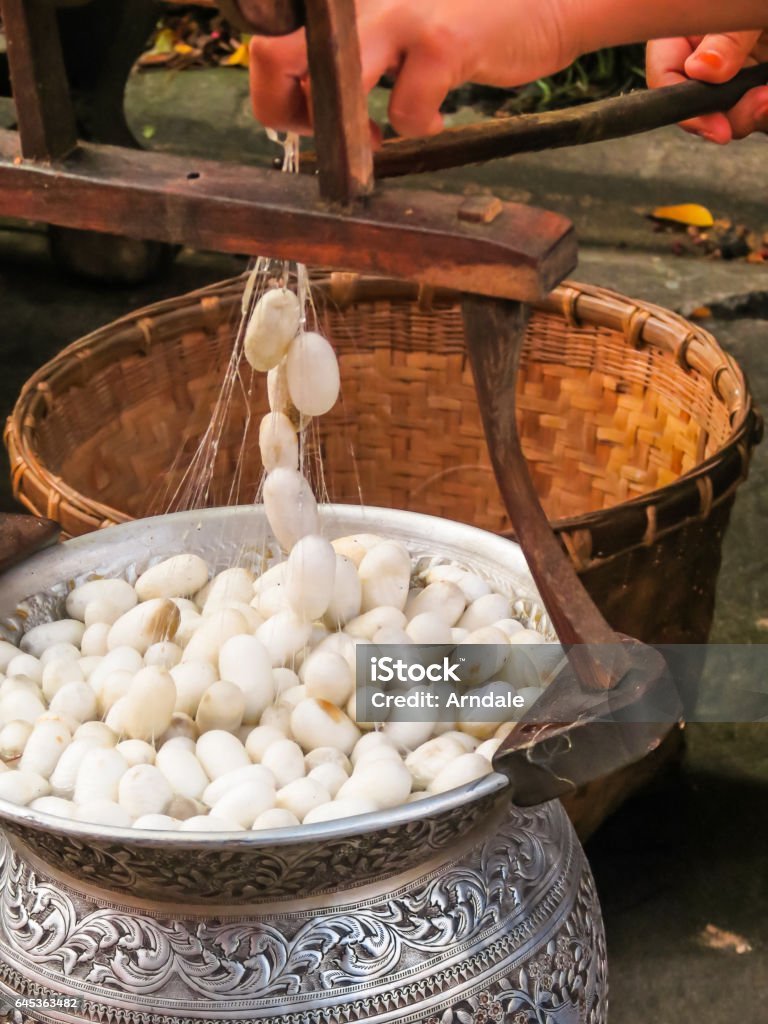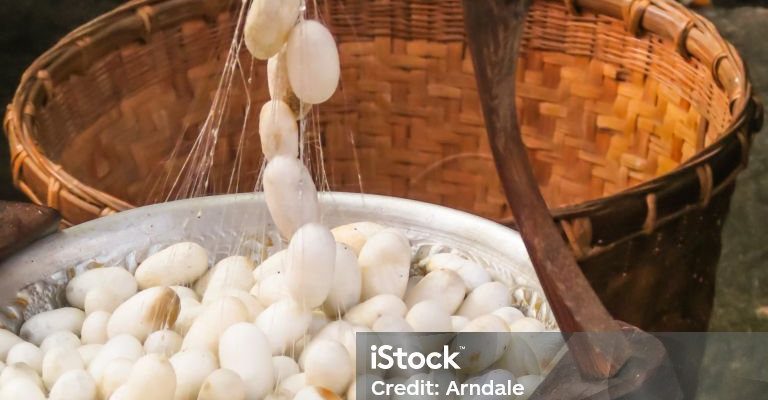
So, why bother with silkworms, you might wonder? These unassuming little caterpillars are the key to one of the most sought-after natural fibers in the world: silk. Not only do they provide a valuable product, but they also offer an engaging way to venture into agriculture or textile production. With just the right knowledge and preparation, anyone can embark on this rewarding journey.
Understanding the Life Cycle of Silkworms
The life cycle of a silkworm is a remarkable transformation that encompasses several stages: egg, larva, pupa, and adult moth. To begin, let’s talk about the egg stage. Silkworm eggs are tiny and round, roughly the size of a pinhead. Once the temperature and humidity are just right, these eggs hatch into what we call larvae or silkworms.
During the larval stage, silkworms are voracious eaters, primarily munching on mulberry leaves. This is where the bulk of their growth happens, and it’s crucial. You want to ensure they have a consistent supply of fresh leaves; without proper nutrition, they can become stunted or fail to thrive.
Next comes the pupal stage, where silkworms spin their cocoons. This is the magic moment when they encase themselves in silk, preparing for metamorphosis. As a cocoons producer, you’ll want to focus on creating an environment that encourages strong and healthy silk production—after all, this is where the value lies.
Choosing the Right Silkworm Strain
Choosing the right strain of silkworm is fundamental for successful cocoon production. Different strains might produce varying qualities of silk or have different growth rates. For beginners, the Bombyx mori is the most commonly used species for commercial silk production. It’s well-documented and has a high yield of silk.
When you’re selecting your strain, think about a few key factors:
- Growth Rate: Some strains grow faster than others. If you want quicker returns, pick a fast-growing breed.
- Silk Quality: Higher-quality silk can fetch better prices, so consider what your market demands.
- Climate Adaptability: Ensure the strain you choose is suited to your local climate conditions.
You might be wondering how to find these strains. Most agricultural suppliers or silkworm breeders can provide you with various options. It’s like picking the right baking recipe—getting it right from the start makes a world of difference!
Setting Up the Ideal Environment
Now that you have your silkworms, let’s talk about the environment they’ll thrive in. Just like humans, silkworms need the right living conditions to flourish. Ideally, this means a controlled space with appropriate temperature and humidity levels.
Here’s what you need to keep in mind:
– Temperature: Silkworms thrive at around 25°C (77°F). Too hot or too cold can hinder their growth. If you live in a particularly hot or cold climate, you might want to invest in some temperature control.
– Humidity: Keeping humidity between 60% to 80% is crucial. Dry air can lead to dehydration, while too much moisture can cause diseases. A hygrometer can help you monitor these levels effectively.
An essential part of the environment is the bedding material. Good bedding not only provides a comfortable home for the silkworms but also helps absorb waste. Materials like rice husk or clean straw work well.
Nutritional Needs for Healthy Silkworms
Feeding your silkworms a healthy diet is paramount. Their primary food source is mulberry leaves, which are rich in nutrients. Ideally, you want fresh, tender leaves that are pesticide-free. Think of the leaves as a gourmet meal for your silkworms—they’ll grow much better with high-quality food!
Timing is also important. Silkworms eat voraciously during their larval stage, so you need to provide fresh leaves multiple times a day. Keeping track of their eating habits can also help you spot any potential health issues. If they’re not eating well, it might be a sign that something’s off.
If you’re looking for alternatives to mulberry leaves, there are options like castor leaves or ossum leaves. But be careful; not all plants are suitable, and some can be harmful to silkworms. Always do your research!
Managing Silkworm Growth and Health
As your silkworms grow, monitoring their health is crucial. Look for signs of distress, such as lack of movement or discoloration. Healthy silkworms will be active and have a uniform, creamy-white color.
Regularly separate the different growth stages. Once they reach the right size, it’s time to prepare them for cocooning. You can use various methods to encourage them to spin their cocoons, such as providing a comfortable surface or hanging them in a mesh net.
Here are some tips for healthy maintenance:
– Cleanliness: Keep their environment clean to prevent disease.
– Handling: Be gentle when handling them to avoid stress.
– Observation: Daily checks can catch problems before they worsen.
Harvesting and Processing Cocoons
When your silkworms have spun their cocoons, you’re approaching the final stages of production. Typically, this takes about 3-5 days after they start cocooning. Once they’ve completed spinning, you can harvest the cocoons.
To do this, you’ll need to carefully collect them, making sure not to damage them. The ideal way to process them is to boil the cocoons to kill the pupa inside, ensuring the silk remains intact. This step is essential for quality silk production, as it helps in unravelling the silk threads without damage.
Here’s a quick rundown of the harvesting process:
1. Collect cocoons: Carefully gather the cocoons, avoiding any punctures.
2. Boil: Place them in boiling water for a few minutes to kill the pupa.
3. Unravel: After boiling, you can start unwinding the silk threads.
Remember, this final stage requires gentle care—treat these cocoons as precious gems, and you’ll reap the rewards.
Embarking on the journey of preparing silkworms for cocoon production is an exciting endeavor. It’s about nurturing tiny creatures and being patient as they grow and transform. From choosing the right strain to creating the perfect environment, every step matters.
Commercial cocoon production can be both rewarding and profitable, especially when you put the time and effort into understanding your silkworms. With your newfound knowledge, you’re well on your way to becoming a silk artisan, creating beautiful silk for all to enjoy. So, are you ready to dive into the wonderful world of silkworms? Trust me, it’s a journey worth taking!

